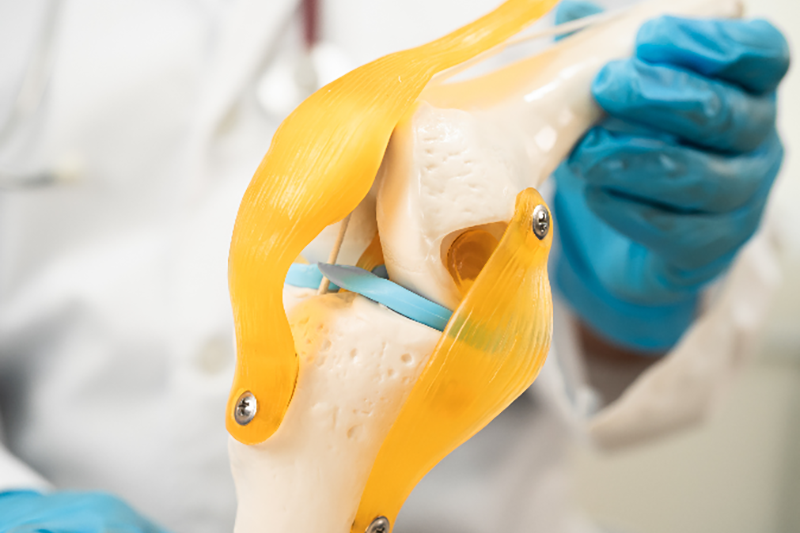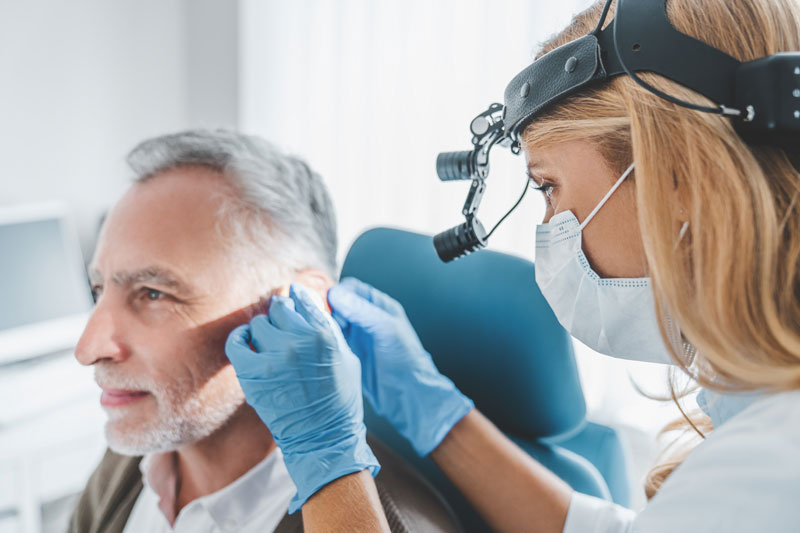Knee Replacement
Knee replacement surgery is performed after the patient has not responded to conservative treatment such as physical therapy or injections. During total knee replacement surgery, your damaged knee joint is replaced with an artificial joint, called a prosthesis. The knee is a joint that works like a hinge. It is formed where the thigh femur, tibia, and kneecap meet. It is supported by muscles, tendons, and ligaments. It is also lined with cartilage. Over time, cartilage can wear away. The knee can become stiff and painful.
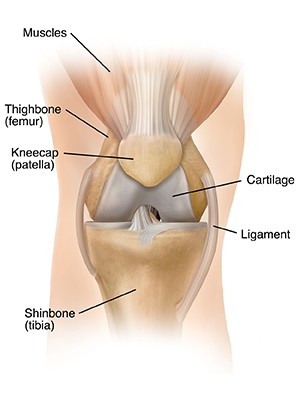
A healthy knee joint bends easily. Cartilage is a smooth tissue. It covers the ends of the femur, tibia, and the underside of the kneecap. Healthy cartilage absorbs stress and allows the bones to glide freely over each other. Joint fluid lubricates the cartilage surfaces, making movement even easier.
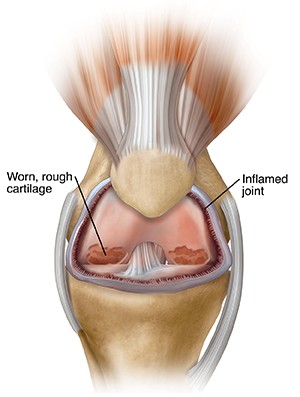
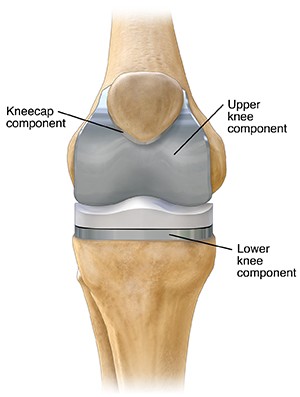
Hip Replacement
Hip replacement surgery is indicated by arthritis, fractures or avascular necrosis. There are two different approaches to hip replacement; posterior and anterior.
Total Hip Replacement Goals:
- Stops or greatly reduces hip pain. Even the pain from surgery should go away within weeks.
- Increases leg function. Without hip pain, you’ll be able to use your legs more.
- Improves quality of life by allowing you to do daily tasks and low-impact activities in greater comfort.
Provides years of easier movement. Most total hip replacements last for many years.
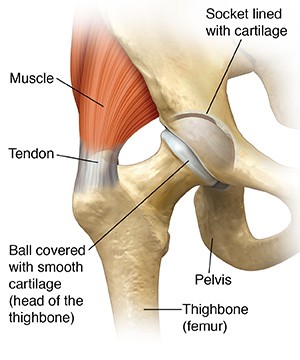
In a healthy hip, smooth cartilage covers the ends of the femur, as well as the pelvis where it joins the femur. This allows the ball to glide easily inside the socket with little friction. When the surrounding muscles support your weight and the joint moves smoothly, you can walk painlessly.
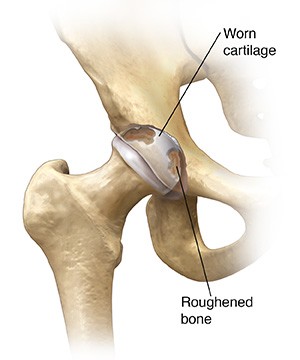
In a problem hip, the worn cartilage no longer serves as a cushion. As the roughened bones rub together, they become irregular, with a surface like sandpaper. The ball grinds in the socket when you move your leg, causing pain and stiffness.
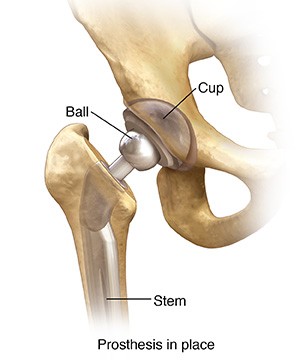
An artificial ball replaces the head of the femur, and an artificial cup replaces the worn socket. A stem is inserted into the femur to keep the ball in place. These parts connect to create your new artificial hip. A liner, usually made of plastic or ceramic, is placed between the metal or ceramic ball and cup to create a smooth surface for comfortable movement once you have healed.

